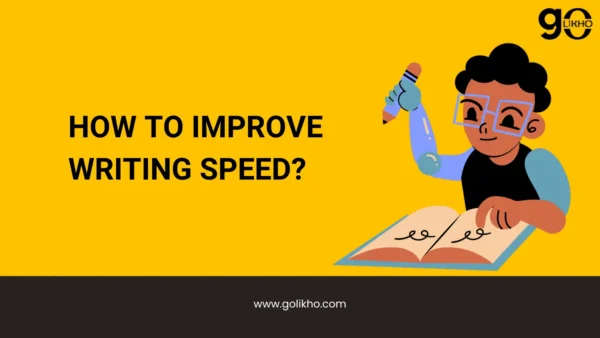
Writing a short essay can sometimes be more challenging than crafting a longer piece. The key is to convey your ideas concisely without compromising on clarity and depth. In this blog post, we’ll walk you through the process of writing an effective short essay, complete with examples to guide you.
Understanding the Short Essay
A short essay typically ranges from 300 to 500 words, about a page to a page and a half. It should be concise yet comprehensive enough to present your argument or narrative effectively.
Choosing a Topic
Start by selecting a topic that interests you and is suitable for a brief discussion. It should be narrow enough to cover in a short essay but broad enough to provide depth.
Example Topic: “The Impact of Social Media on Interpersonal Communication”
Crafting a Thesis Statement
Your thesis statement is the crux of your essay. It should clearly state your main point or argument in a sentence or two.
Example Thesis: “Social media platforms, while offering unparalleled communication opportunities, have significantly reduced the quality of interpersonal interactions.”
Structuring Your Essay
Introduction
The introduction sets the stage for your essay. It should grab the reader’s attention and introduce the thesis statement.
Example Introduction: “In today’s digital era, social media platforms have revolutionized the way we communicate. However, this revolution comes at a cost – the quality of interpersonal communication has suffered.”
Body
The body is where you develop your argument or narrative. In a short essay, this might consist of one or two paragraphs.
Example Body Paragraph: “Social media offers the convenience of connecting with others instantly, but this often leads to more superficial interactions. The brevity of social media communication, exemplified by platforms like Twitter, discourages in-depth discussions and often replaces meaningful dialogue with brief, surface-level exchanges. Furthermore, the presence of digital screens creates a physical barrier, diminishing the personal connection that face-to-face communication fosters.”
Conclusion
The conclusion wraps up the essay by summarizing your points and restating the thesis in light of the evidence you’ve presented.
Example Conclusion: “While social media continues to dominate the modern communication landscape, it’s essential to acknowledge its impact on the quality of our interactions. As we embrace digital connectivity, we must also strive to maintain the depth and authenticity of our interpersonal communications.”
Writing Tips for Short Essays
Be Concise
Every word counts in a short essay. Avoid unnecessary words or overly complex sentences.
Stay Focused
Stick to your thesis statement and avoid diverging into unrelated topics.
Use Examples
Examples can illustrate your points effectively without taking up too much space.
Edit and Proofread
Editing is crucial in a short essay. Remove any redundant phrases or irrelevant details. Proofreading helps eliminate grammatical errors and improves the overall quality.
Putting It All Together
Let’s put these elements together in a short essay sample:
Title: “The Paradox of Social Media: Connection vs. Communication”
Introduction: “In the age of social media, we’re more connected than ever before. Yet, there’s a growing sense that the quality of our communication has declined. As we navigate this digital landscape, it’s crucial to understand the paradox of increased connectivity but decreased communication quality.”
Thesis Statement: “Although social media platforms connect millions worldwide, they often undermine the depth and authenticity of interpersonal communication.”
Body Paragraph: “Social media’s instant connectivity encourages brief and impersonal exchanges. Platforms like Twitter limit character counts, fostering a culture of succinctness over substance. These limitations prevent users from engaging in nuanced, in-depth discussions. Moreover, the physical separation imposed by screens dampens the emotional resonance of our interactions, leading to a decline in empathy and understanding.”
Conclusion: “The paradox of social media presents a modern challenge: maintaining the balance between digital connection and the richness of traditional communication. To preserve the essence of human interaction, we must recognize and address the shortcomings of social media in our quest for genuine connectivity.”
Read our latest article on Writing Systems History, Types & Examples
Conclusion
Writing a short essay requires clarity, conciseness, and focus. By following the structure of the introduction, body, and conclusion, and adhering to the thesis statement, you can effectively convey your message within a limited word count. Remember, the key to a successful short essay lies in its ability to communicate a compelling story or argument in a brief yet impactful way.
Happy essay writing!



